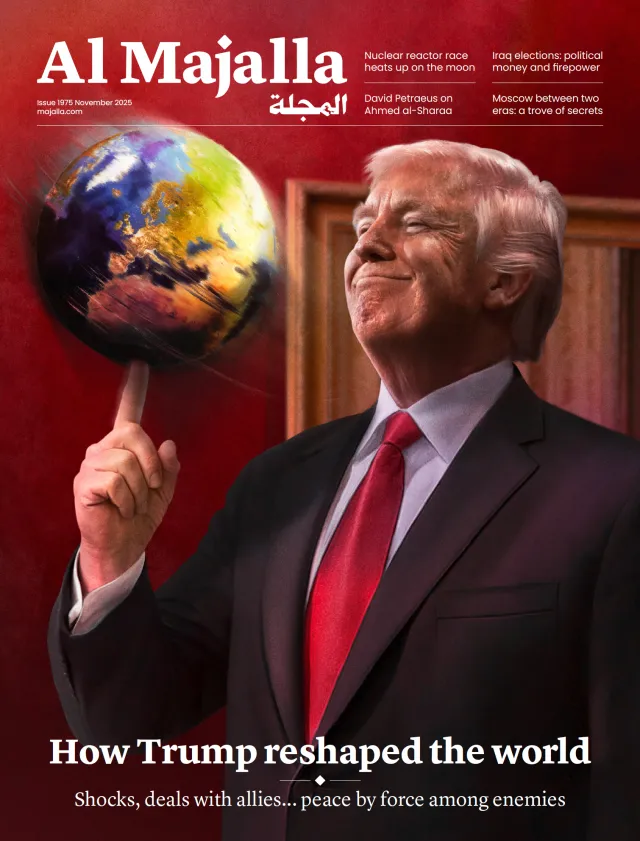The late Secretary-General of Hezbollah, Hassan Nasrallah, was never accused of lacking clarity when it came to weapons and the organisation’s right to carry them. “They will not disarm the resistance,” he said. “Whoever tries to strip Hezbollah of its arms, we will cut off his hand.”
It was the group’s treasured arsenal that brought catastrophe to Lebanon and beyond, culminating in Nasrallah’s decision to launch attacks against Israel in support of Hamas in Gaza which, ultimately, led to his killing and that of the group’s senior leadership. Battered and defanged, Hezbollah nevertheless survived and remains armed.
Lebanon cannot recover so long as there exists an armed force operating outside the bounds of state legitimacy—one that dominates both state institutions and society. This fundamental truth is acknowledged by the Arab world, the international community, and by countless Lebanese who know first-hand what misery it brings.
Walking wounded
Following its crushing defeat in the 2024 war with Israel, Hezbollah appeared subdued. It was forced to accept a ceasefire agreement and, implicitly, the implementation of UN Resolutions 1701 and 1559. In doing so, the party—after 43 years of existence—signalled a willingness to transition from a sectarian militia to a political organisation.
The agreement was formalised by its closest ally, Speaker of Parliament Nabih Berri, yet much like after the July 2006 war, Hezbollah quickly resumed its old ways, seemingly indifferent to the fact that the political landscape has fundamentally changed.




